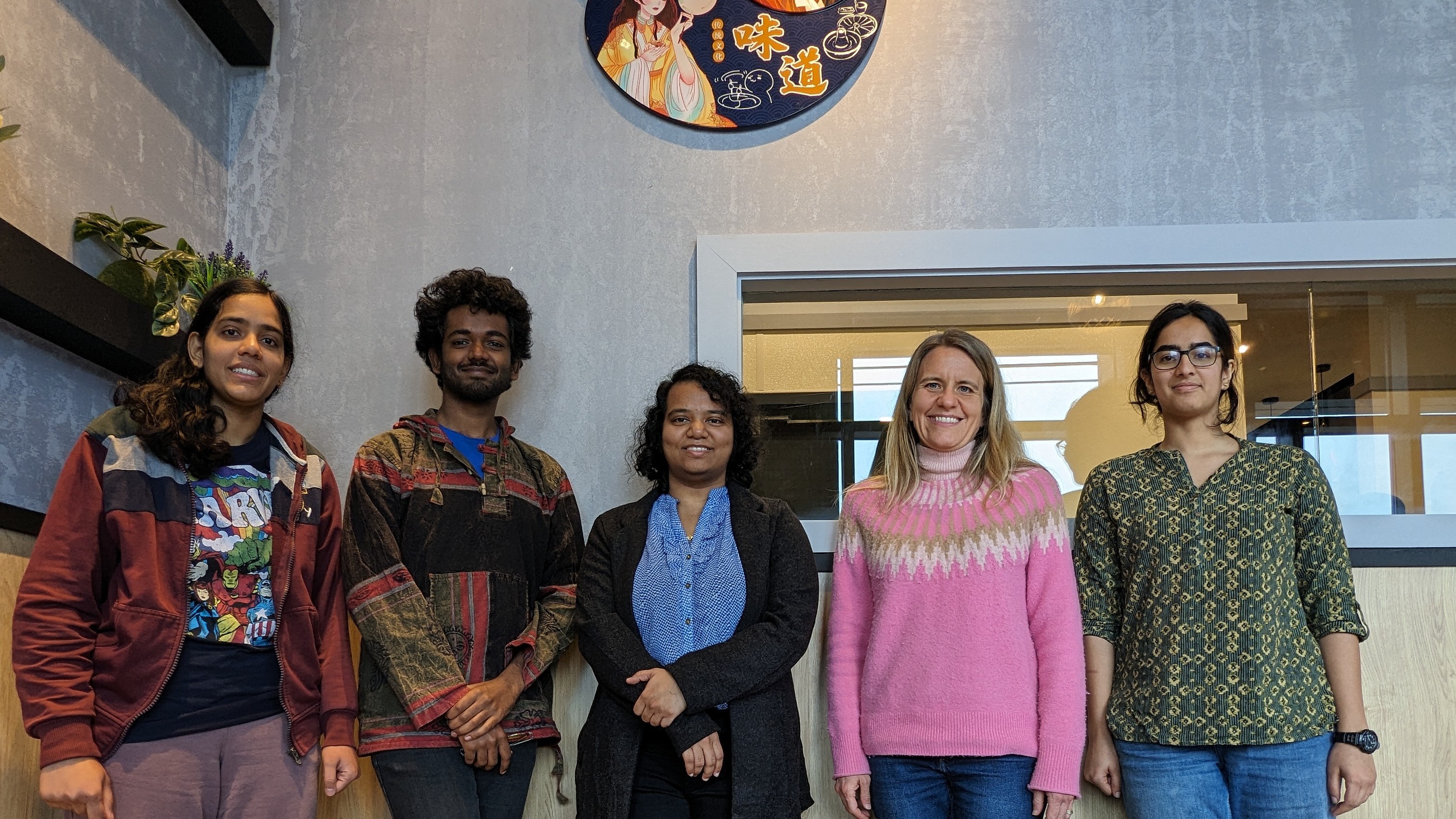News Story
Inside A Burn: Alumnus Continues Diagnostic Work He Began as an Undergraduate
When patients arrive at a hospital with burn injuries, doctors diagnose and form a treatment plan based on what they see, but not all burns fit neatly into the familiar categories of first, second and third degree. A type of second degree burn known as a deep partial thickness burn, which extends partway though the second layer of skin known as the dermis, could either heal on its own or fully penetrate, developing into a third degree burn. Doctors rely on their experience to predict whether surgical intervention, such as a skin graft or removal of damaged tissue, is required.
Nick Prindeze (B.S. '12, bioengineering), a research associate at MedStar Washington Hospital Center's Burn and Surgical Research Laboratory, is part of a team developing an imaging system capable of assessing deep partial thickness burns in ways the human eye cannot by evaluating changes in temperature deep inside the damaged tissue. The information it provides could help doctors make more informed treatment decisions and eliminate unnecessary surgery.
Prindeze and his classmates created the prototype of the system as a Capstone Design project during their senior year in the Fischell Department of Bioengineering (BioE). The device uses an imaging technique called active dynamic thermography (ADT) to measure the ability of an area of skin to dissipate heat after being damaged by a burn. The deeper the burn and more serious the damage, the longer it takes to return to an equilibrium temperature among the different layers of skin. These changes in temperature–thermal gradients–are translated into a visual map showing doctors exactly where tissue is necrotic (dead, and requiring removal), static (damaged, but possibly repairable), or hyperaemic (capable of complete recovery with proper care).
Prindeze got his start at MedStar Washington Hospital Center as a volunteer during his junior year. During his senior year he became a part time employee, and was advised on his Capstone Design project by Dr. Jeffrey Shupp, director of the Burn and Surgical Research Laboratory. He joined the lab as full-time employee when he graduated. What began as an undergraduate research opportunity that inspired his final project is now the beginning of a career in developing better ways to approach problems including skin graft healing, scar reduction, infection and blood coagulation control, and electrical injuries.
"The laboratory is a basic, translational research facility run by burn surgeons and general surgery residents," Prindeze explains. "We conduct contracted drug, treatment, and clinical studies, as well as develop and perform our own preclinical experiments."
These in-house experiments have included the further development of the device he designed while a student at the Clark School. Prindeze is joined in his efforts by colleagues at the burn center and by some of his former Capstone group members. In April, the team was invited to present its results at the 45th Annual Meeting of the American Burn Association in Palm Springs, Calif., where it took first place in the conference's poster competition. A manuscript about the technology has been accepted for publication in the Journal of Burn Care and Research and is scheduled appear in print in January. Future work will include refining and expanding the ADT system's accuracy, including exploring its potential to identify more severe burns within larger burn areas. In time, Prindeze hopes to see the release of a direct-to-user product capable of evaluating burn wounds in clinical settings.
For More Information:
See N. J. Prindeze, P. Fathi, M. J. Mino, N. A. Mauskar, L. T. Moffatt, and J. W. Shupp. "Active Dynamic Thermography for Burn Wound Depth Detection." ABA 45th Annual Meeting, April 23-26, 2013, Palm Springs, Calif. Conference Program (PDF)
Published May 23, 2013









